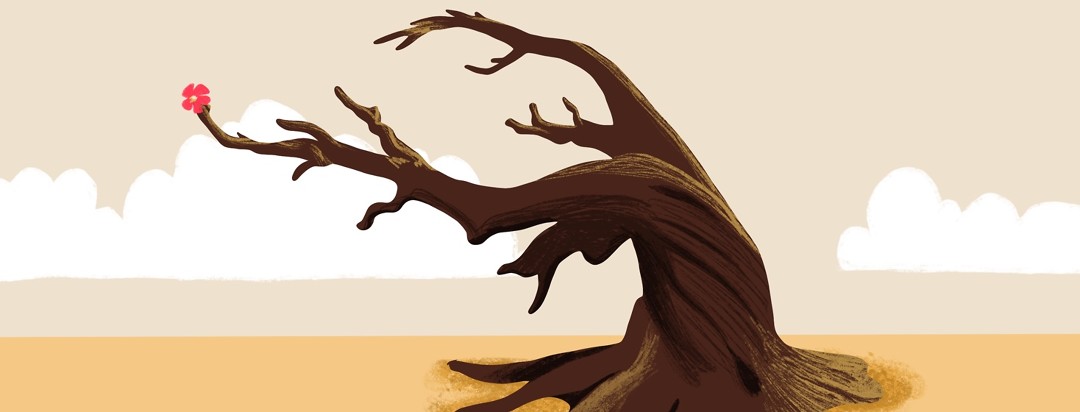End of Life Options
I attended the Midwest Lung Cancer Summit in Minneapolis MN sponsored by A Breath of Hope Lung Foundation where they had a session of planning for end of life. While some people may cringe at the thought of attending a session, I was ultimately intrigued and wanted to hear more. So many times I have encountered taboo responses when I want to talk about death and dying. Our culture seems to take comfort in avoidance of such topics, instead of embracing an honest discussion.
What about an end-of-life doula?
I went to the session and honestly, it was one of the best sessions I attended that day. First of all, my impression of my options at end of life were quite limited: hospice at home or in a nursing home.
Did you know that hospice is usually only with the patient about 5% of the time during the hospice period? Enter the idea of an end-of-life (EOL) doula. Think about it -- we have doulas for when we give birth and welcome a new life into this world, why not for when someone is getting ready to leave this world? The doula doesn’t provide any medical care, but rather is there for the patient and the family to provide emotional support.
Celebrating life in the comfort of our home
One of my most vivid memories of when my mom died when I was 23 was the fact that after she had taken her last breath, we called all of her brothers and sisters (8 of them) and they all drove up to our house. We all sat around, prayed over my mom, and told stories and looked at pictures. This lasted only a few hours but was such an impact on my soul and the moments were truly beautiful.
I don’t know why, but I somehow forgot that this could be an option for me and my family -- having a little private ceremony with loved ones in the comfort of our own home. Conversely, one of the hardest things about that day was watching my mom get put on the stretcher and covered up by a sheet and taken to the hearse. It was such a stark, final moment and it wasn’t something I wanted in my memories as I said goodbye to my mom.
Creating peaceful, comforting memories
These are all things that I plan to discuss with the EOL doula. Having someone to help my family navigate their emotions and feelings, but also some of the minute details (like how the body is taken out of the home) is of utmost importance to me. While I know emotions will be high, I want to make the memories of end of life as comforting and as peaceful as possible for my family.
Learning about green burials
One of the other things that were discussed at this end of life session was the idea of a green burial. I honestly had never even heard of a green burial and hadn’t even given a second thought to the impact on the environment of a standard burial or cremation. According to the Green Burial Council, traditional burial utilizes the following per year:
- 4.3 million gallons of embalming fluid
- 20 million feet of hardwoods, including rainforest
- 1.6 million tons of concrete
- 17,000 tons of copper and bronze
- 64,500 tons of steel
- Caskets and vaults that leach iron, copper, lead, zinc and cobalt
With a green burial, a person usually is not embalmed (which is not a requirement in any of the US states, by the way) and is buried in a shroud or an eco-friendly burial container. To find out more about green burials, visit Green Burial Council's website.
Eco-friendly option for cremation
For those that are more interested in cremation, there is also a more eco-friendly option for that. For those that are interested, there is an option called alkaline hydrolysis, which uses a solution of water and sodium hydroxide to break down the body’s soft tissues. This process is similar to what would happen to the body if it were just buried naturally, except the breakdown happens in a matter of a few hours as opposed to years. After the soft tissues are broken down, bones are then pulverized to create ashes similar to what you would receive from a typical cremation. Per the Funeral Consumers Alliance of Minnesota, green cremation offers:
- 75% reduction in the carbon footprint of a typical fire cremation
- Uses 1/8 of the amount of energy of a flame cremation
- Preserves 20% or more of bone fragments than flame cremation
- Mercury from dental work is recycled, not vaporized as with flame cremation
Rethinking the process of dying, funerals, and burials
While the process of dying, funerals, and burials are deeply personal and are often rooted in tradition and religious beliefs, these options have opened up a whole new conversation in my family and have provided me with some more things to think about and explore.
Editor’s Note: We are extremely saddened to say that on April 1st, 2023, Julie passed away. Julie’s advocacy efforts and writing continue to reach many. She will be deeply missed.

Join the conversation